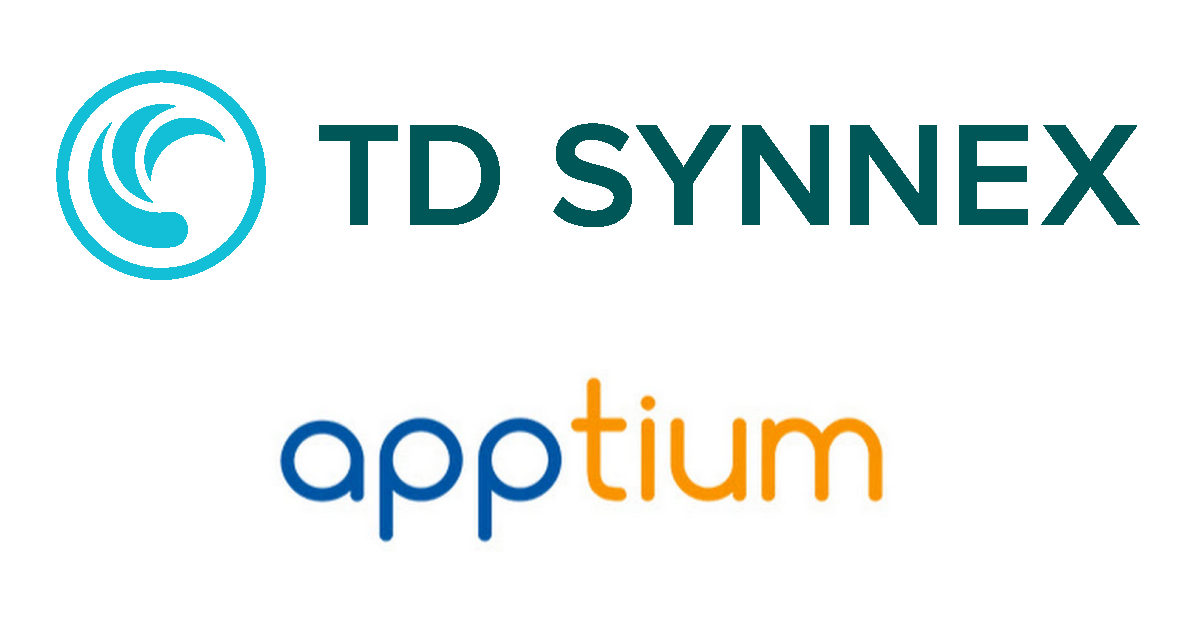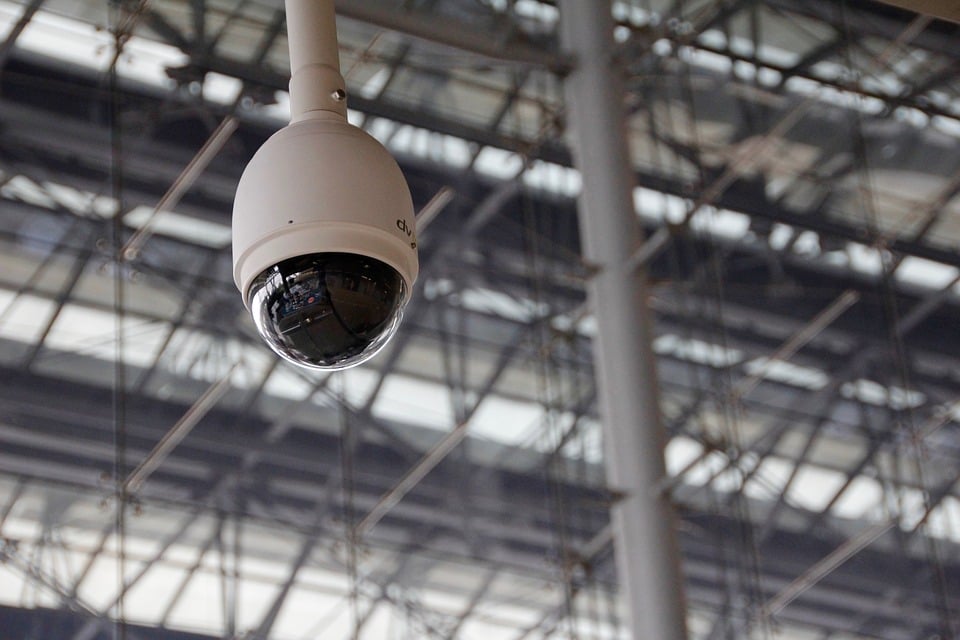MSP TODAY NEWS
Free eNews SubscriptionFoxit Brings AI to Document Analysis with New Research Agent
PDF and eSignature solutions provider unveils an intelligent tool designed to transform how users extract actionable insights from dense, complex docu…
Read MoreOpenMSP Brings New Profitability to MSPs Driving an Open Source Revolution
OpenMSP, a community-driven platform seeks to liberate MSPs from unsustainable software licensing costs by leveraging open-source alternatives and AI-…
Read MoreTD SYNNEX's Apptium Acquisition a Win for MSPs.
TD SYNNEX's acquisition of Apptium will simplify complexities of the XaaS, economy, offering MSPs new agility, accelerated time to revenue, and stream…
Read MoreReal Estate Forecast 2025: Emerging Developments and Market Shifts
Buying or selling property can be challenging. Rising mortgage rates and fluctuating home prices leave many uncertain about their next move. Business …
Read MoreProtecting Business Assets with Smarter Security Frameworks
Protecting your business is more challenging than ever. Cyber threats are increasing every day. Hackers target small and large businesses alike, searc…
Read More





